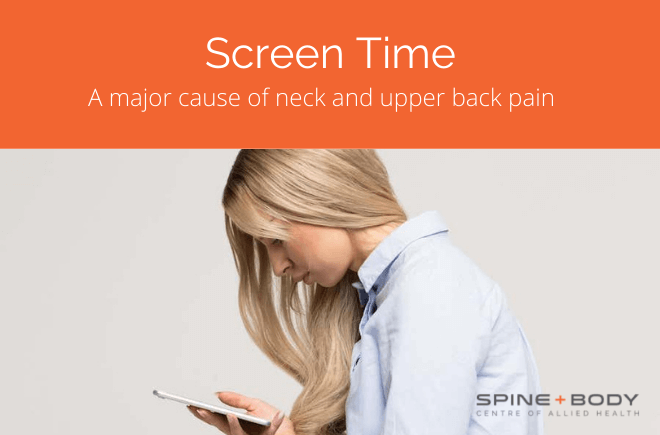Why an ageing spine is worse than wrinkles

By Peter Georgilopoulos, APA Sports Physiotherapist, Spine and Body Gold Coast.
Most of us spend considerable time and money fighting the visual effects of ageing such as wrinkles and crow’s feet whereas in reality a far more immediate and lasting impression of health , youthfulness and vitality is conveyed by our posture and how we move and carry ourselves.
Nothing says youthfulness more than fluent movement and an upright posture with head upright and shoulders back. Similarly, nothing says “poor health” or “old age” more than someone who is bent forward and moving in a restricted manner. Maintaining a youthful appearance should therefore start with maintaining an upright posture and the key to an upright posture is maintaining the flexibility of the spine located between the shoulder blades [thoracic spine]. An excessive curvature in this area of the spine is known as thoracic kyphosis. This precipitates the characteristic features of an ageing posture such as head displaced forward, sloping/rounded shoulders and a reduction in functional height.
Why do we develop thoracic kyphosis??
*Poor sitting posture
*Prolonged time in sitting positions
*Lack of physical activity
*Osteoporosis/osteopaenia leading to early degenerative changes of the spine.
The following exercises and postural corrections help to prevent these changes from taking place:
*Correct desk set up – knees and elbows at 90 degrees, keyboard at eye level and mouse within reach and directly in front.
*Stand up and stretch every 30 minutes – select one or two stretches and vary the routine.
*Maintain correct body weight – reduce intake of sugar, saturated fats and alcohol consumption.
*Participate in regular physical activity – short, intense bouts elevating the resting heart rate are preferable to long, low level sessions.
*Perform the following stretches throughout the day. These can be done at any time and do not need to be completed in any particular sequence.




